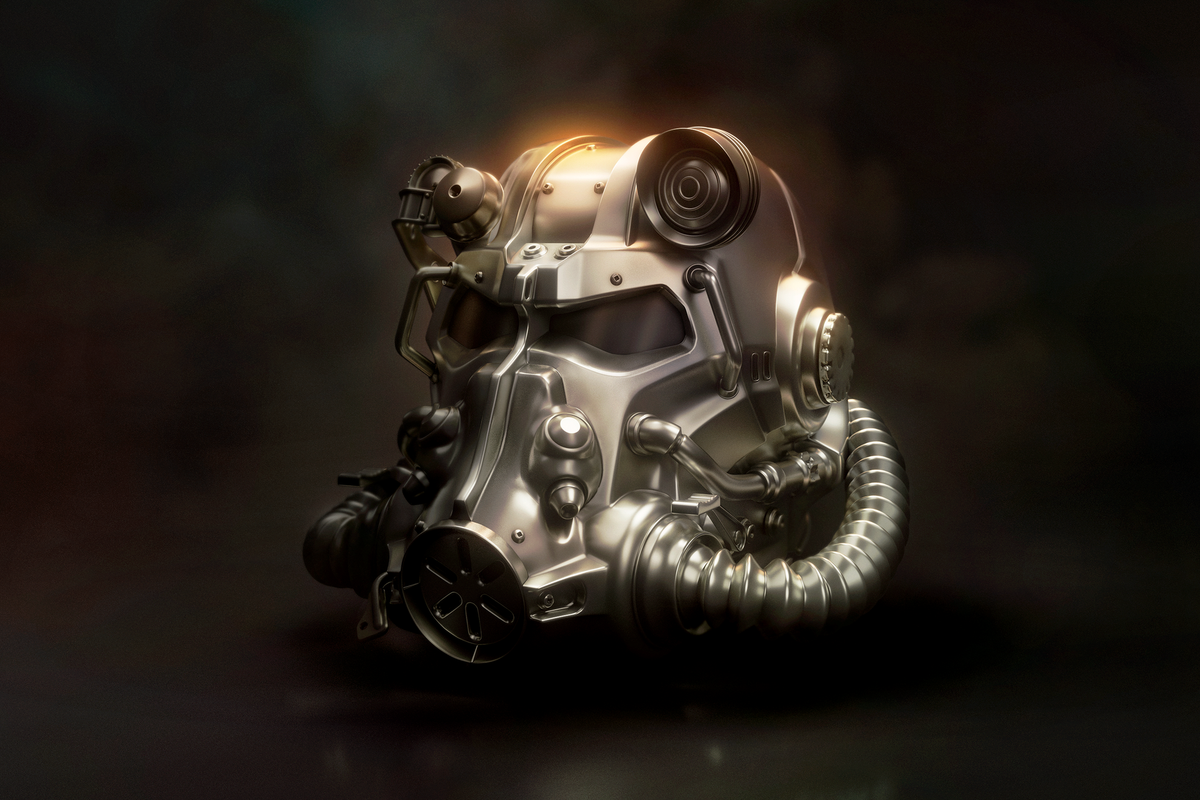Sinead Butler
Oct 10, 2023
Is Paris infested with bedbugs? Sightings on trains see officials urge action …
Euronews - Travel / VideoElephant
Whether it's on a bus or a train, you've probably noticed how the seats have a distinctly bold and garish pattern - but why is this the case?
Well, it's not for aesthetic design reasons but rather it's down to the fact that the patterns are able to effectively cover up stains.
Just think about how many people get on public transportation for their daily commute to work, the millions of people who will plonk themselves on those seats throughout the year as well as those using the nighttime service.
There are bound to be drinks and food spilt on the seat, and so in response to this inevitability it's better to have busy patterns rather than plain ones - otherwise we would perhaps think twice about sitting.
But nowadays, the various patterns on different modes of public transportation are seen as iconic designs for that particular area of the world.
For example, last year Premier League football team Arsenal released shirts with a design inspired by the bold pattern which appears on Piccadilly line trains.
Meanwhile, there are a number of factors to think about when designing the seat pattern such as how it looks in both daylight and artificial light.
@plutosdestiny Bus seats are made of a special fabric with unusual patterns because it helps them mask stains, wear and tear and look fresh without the need for much maintenance. The weird, mind-bending patterns are designed to make the seats appear clean and unworn, even though they conceal a lot of dirt within those wild patterns. [Credit - KubulMKM - YT]
The fabric is also an integral consideration, the material used for the seats is moquette and it is different to the sofa you sit on at home.
“Coming from the French word for carpet, moquette has been seen and sat upon by millions of commuters on buses, trains, trams and trolleybuses for over 100 years,” the London Transport Museum explained.
“It is produced on looms using the Jacquard weaving technique, with a pile usually made up of 85% wool mixed with 15% nylon.”
But what makes it the ideal material for this purpose?
“Moquette was chosen for public transport for two reasons," it continued.
"First, because it is hard-wearing and durable. Second, because its colour and patterns disguise signs of dirt, wear and tear. On top of this moquette had the advantage of being easy and cheap to mass-produce.”
Something to contemplate next time you're sitting on the bus or tube.
Sign up to our free Indy100 weekly newsletter
Have your say in our news democracy. Click the upvote icon at the top of the page to help raise this article through the indy100 rankings.
Top 100
The Conversation (0)













